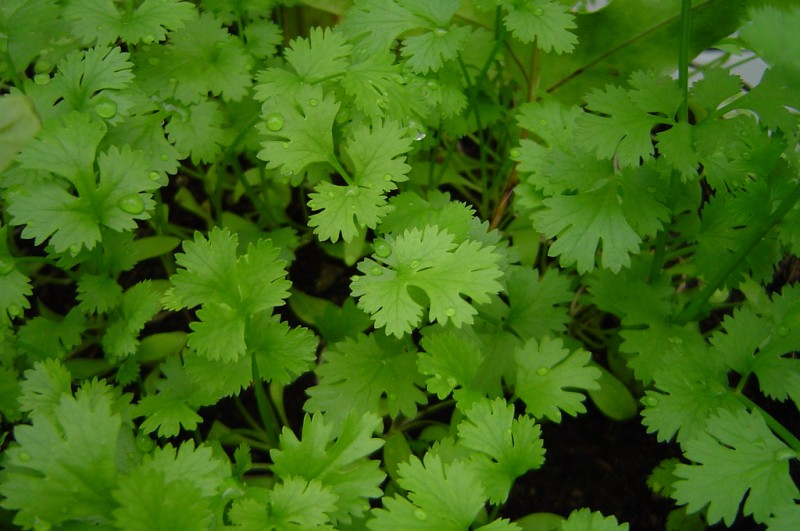Gardening enthusiasts often find immense satisfaction in growing their own herbs, and coriander, with its fragrant leaves and versatile culinary uses, makes for an excellent addition to any garden. Whether you're an experienced gardener or just starting, this comprehensive guide will walk you through the process of cultivating vibrant coriander plants in your yard.
Choosing the Right Location
Selecting an optimal spot for your coriander plants is crucial for their growth:
- Sunlight: Pick a location that receives partial sunlight, as coriander prefers cooler temperatures.
- Soil: Ensure well-draining soil with good moisture retention. Coriander dislikes soggy conditions.
Preparing the Soil
Preparing the soil sets the foundation for healthy coriander growth:
- Loosening the Soil: Loosen the soil to a depth of 8-10 inches for proper root development.
- Amending the Soil: Mix in compost or organic matter to enrich the soil with nutrients.
Planting Coriander Seeds
Planting coriander seeds is the starting point of your gardening journey:
- Sowing Depth: Plant seeds about half an inch deep in the soil.
- Spacing: Leave around 6 inches of space between each seed.
- Watering: Gently water the soil after planting to ensure proper moisture.
Nurturing Young Seedlings
Taking care of young coriander seedlings is essential for their vitality:
- Watering: Keep the soil consistently moist, but not waterlogged.
- Thinning: Once the seedlings grow a few inches tall, thin them to allow proper airflow.
- Fertilizing: Apply a balanced liquid fertilizer every 2-3 weeks.
Managing Growth
As your coriander plants mature, these steps will aid in their development:
- Pruning: Regularly trim the outer leaves to encourage bushier growth.
- Harvesting: Begin harvesting once the plants reach about 6 inches in height.
- Successive Planting: Plant new seeds every few weeks for a continuous harvest.
Dealing with Common Issues
Address potential challenges to ensure a thriving coriander crop:
- Bolting: Coriander tends to bolt in hot weather; provide shade during peak sunlight hours.
- Pests: Keep an eye out for aphids and caterpillars; use neem oil or insecticidal soap if needed.
Growing coriander in your yard can be a rewarding experience that brings the freshness of this aromatic herb directly to your kitchen. With the right care and attention to detail, you can enjoy a bountiful harvest of coriander leaves to enhance your culinary creations.
Unveiling the Health Benefits of Herbs and Spices
5 Advantages of Black Pepper: Immunity, Digestion, and More
3 Yoga Poses to Keep Your Kidneys in Good Shape
